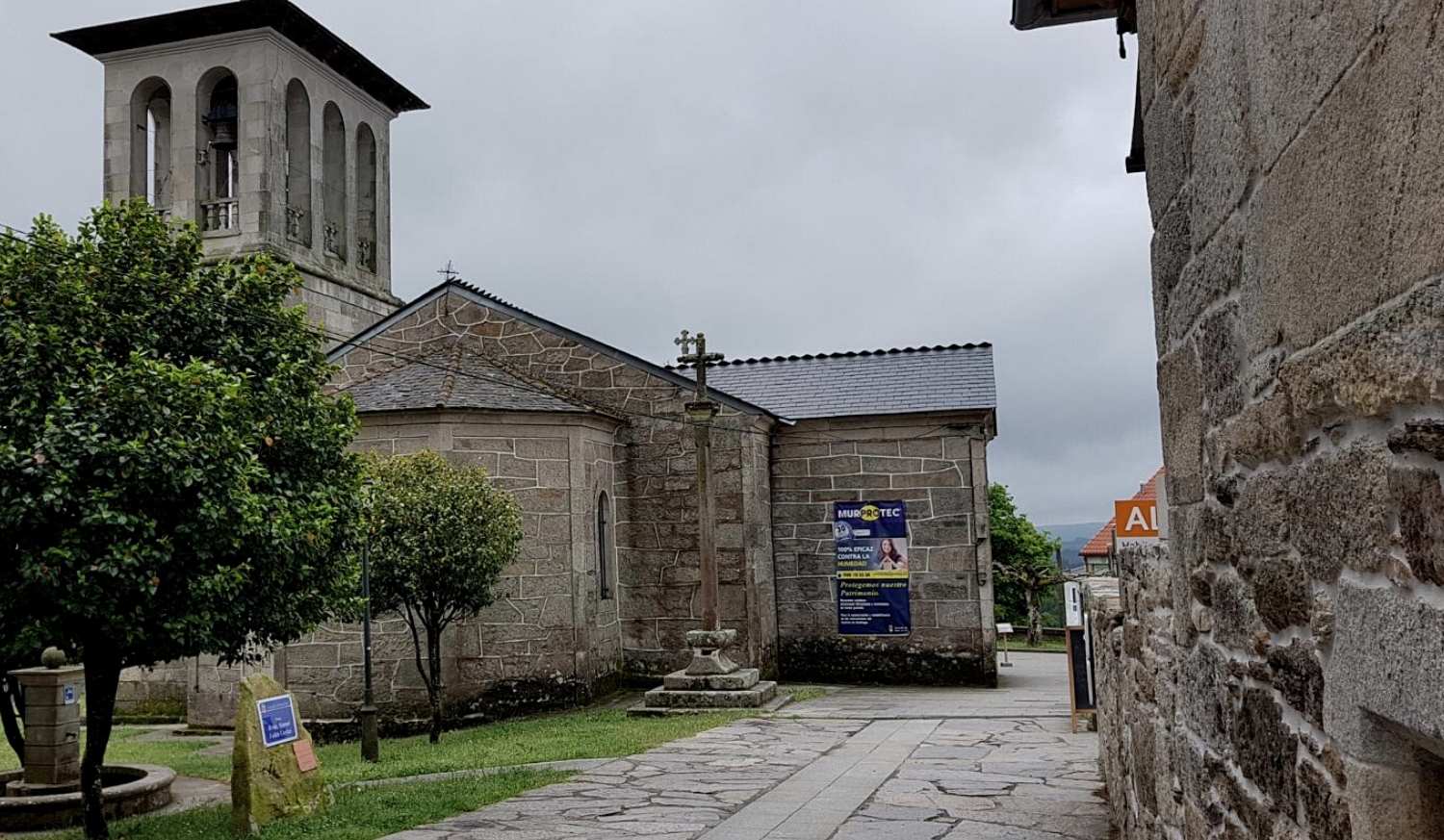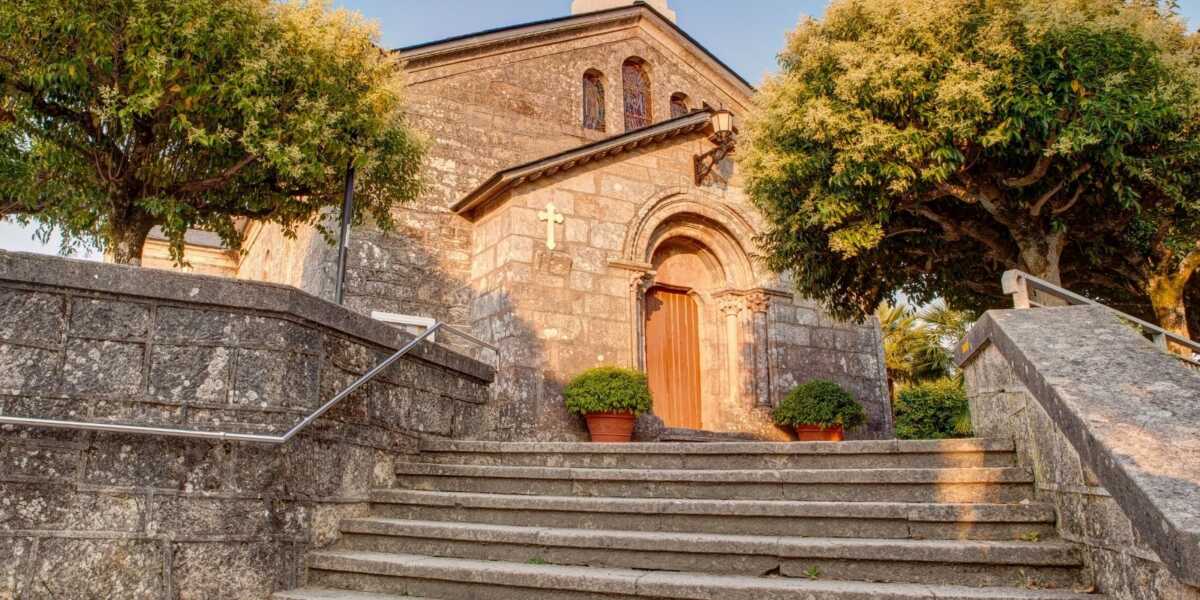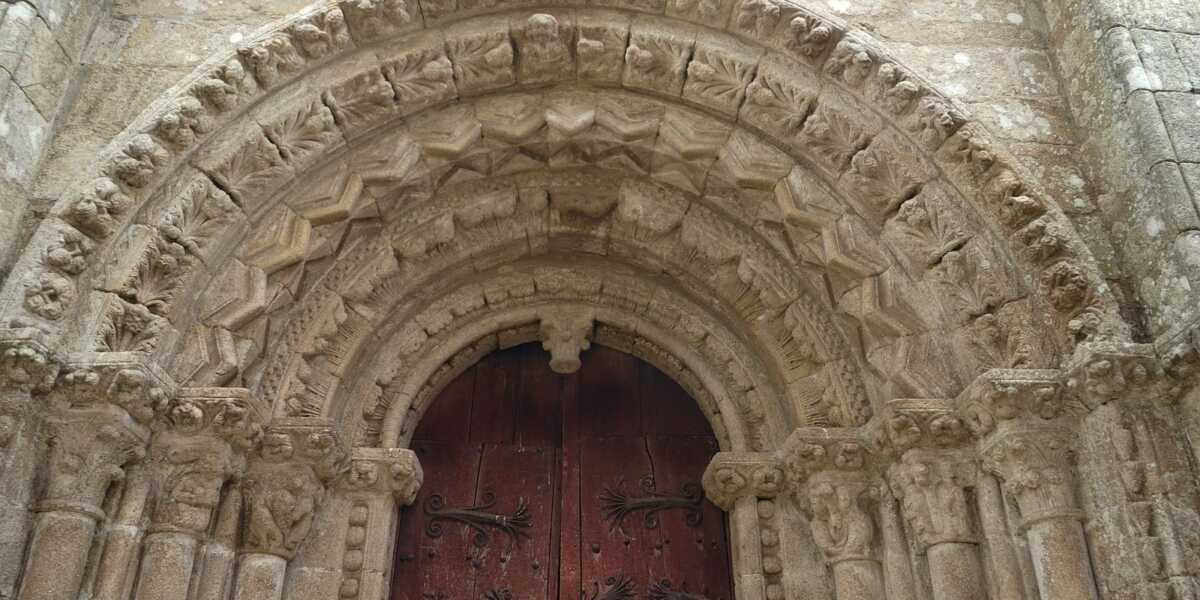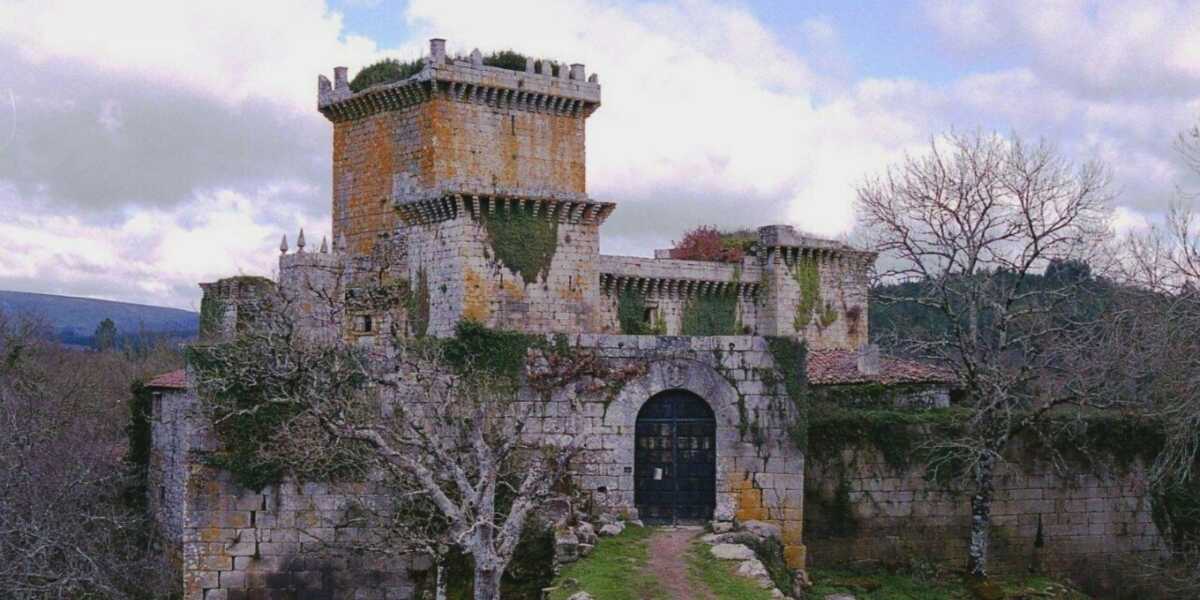
Information about Palas de Rei
Located in the province of Lugo in Galicia, Palas de Rei or Palas de Rey is a small municipality that belongs to the region of Ulloa, which has approximately 3500 inhabitants.
The importance of the Jacobean pilgrimage in this village goes back to time immemorial. The Codex Calixtinus pointed out Palas de Rei as the last stage before reaching Santiago de Compostela. Today the Camino is still the main economic engine of the town, which has many hostels, hotels and services dedicated to the assistance of walkers.
Palas de Rei has a dense historical background. All the cultures and civilizations that have been important in Spain have passed through here. Such is the case of the castrexa civilization, since there are about twenty forts in the municipality, and have contributed valuable pieces such as the silver torques of San Xusto. Romans, Swabians (it was the bishop’s seat during the Swabian reign) and Visigoths also settled here. The origin of its name comes from Pallatium regis, for having been the residence of the Visigoth king Witiza, during the VIII century.
What to see and do in Palas de Rei
Church of San Tirso
The current building dates from 1955 and includes a 12th century Romanesque door. Next to it is a baroque mansion and the statue of the Virgen del Socorro.
Church of Villar de Donas
Five minutes by car from Palas de Rei, we find the church of Vilar de Donas, a magnificent example of Galician Romanesque architecture. The Arias de Monterroso family founded a female family monastery, hence the name “donas”. It was donated to the Order of Santiago in 1184. Supposedly it was the Knights of Santiago de Compostela who ordered the construction of the Romanesque building we see today, which was declared a National Monument in 1931due to its quality.
Pambre Castle
Very close to Palas de Rei, in the parish of Pambre, we find this wonderful castle worth visiting. It is considered one of the best examples of medieval military architecture in Galicia. This spectacular building was one of the few that was not destroyed during the Revolt of the Irmandiños, increasing its value.
According to local legend, the walls of this castle were miraculously built in just one night. However, the story goes that the Galician nobleman Gonzalo Ozores de Ulloa built it during the 14th century.
During the 15th century, the castle served as a toll house in addition to its military purposes, as its location was an unavoidable part of the pass. In 1484, Pambre Castle passed into the hands of the Count of Monterrei and later to the Alba family. After passing through several owners the castle is now open to the public, since it was bought by the regional government of the Xunta de Galicia in 2011.
The Youth Festival
This festivity is one of the most popular festivities in Palas de Rei. At the beginning of the summer, this festivity is celebrated with open-air dances, concerts, competitions, workshops and other cultural, recreational and musical activities.
The torrents of the Mácara
This stretch of the river Ulloa, formed by rapids, waterfalls and pools, is one of the most attractive natural spots of this part of the French Way. This landscape is located in the upper stretch of the river Ulla, where it is also joined by the river Pambre. Here we can find a small haven of peace with the whisper of running water, which sometimes comes so well to disconnect.





